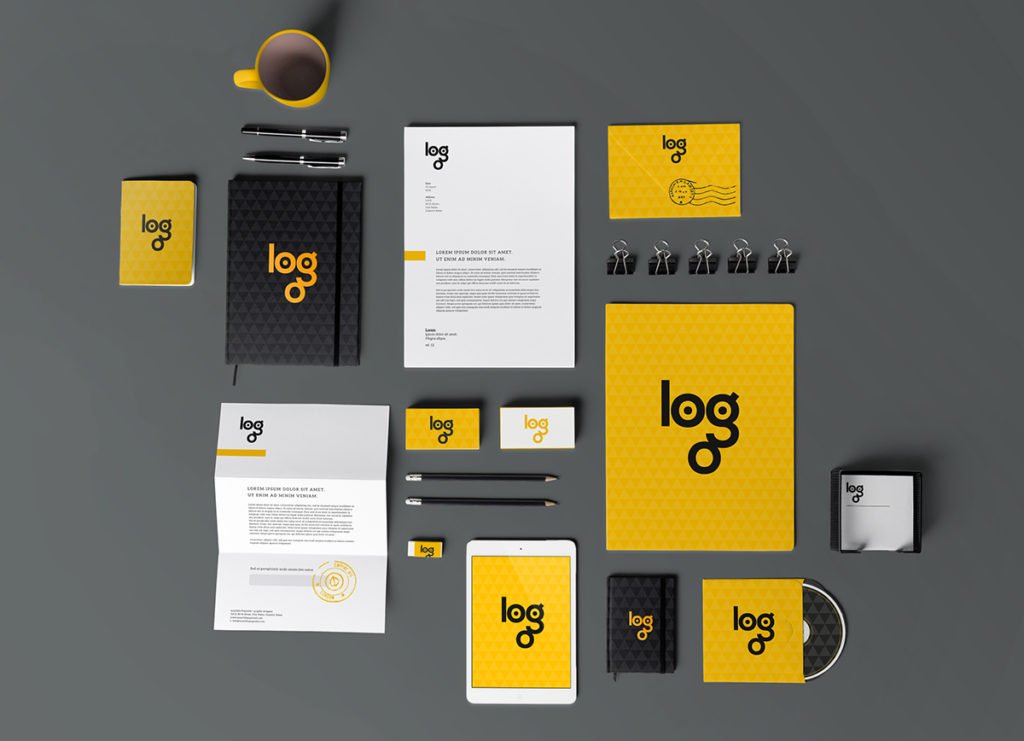Crafting a robust brand identity is a non-negotiable component of a prosperous business. It serves as a vehicle for establishing and communicating a distinct character that sets your business apart from competitors. A compelling brand identity can help you draw and retain customers, build credibility, and ultimately drive revenue growth. In this article, we will examine how to create a compelling brand identity for your business.
Define Your Brand Identity

The first step in establishing a compelling brand identity is defining your brand identity. This involves developing a clear comprehension of what your business represents, what it embodies, and what it seeks to accomplish. A compelling brand identity must be genuine, relevant, and consistent across all channels and touchpoints.
To establish your brand identity, begin by identifying your business values, mission, and vision. Consider what distinguishes your business from others and what makes it one-of-a-kind. Ponder your target audience and what they anticipate from your business. Then, create a brand voice and tone that aligns with your brand’s personality.
Create a Strong Visual Identity

Crafting a compelling visual identity is imperative in building a strong brand identity. This involves designing a logo, color palette, typography, and visual elements that mirror your brand’s personality and identity. A robust visual identity must be distinctive, memorable, and consistent across all channels and touchpoints.
When creating your visual identity, think about your brand’s personality and the visual elements that best embody it. Consider the emotions you wish to evoke from your brand and choose colors and typography that align with your brand’s personality. Collaborate with a professional designer to create a logo that is distinctive, memorable, and easy to recognize.
Develop a Consistent Brand Message

Consistency is the hallmark of a compelling brand identity. Your brand message should be consistent across all channels and touchpoints, from your website to social media to email marketing. A consistent brand message helps establish your brand identity and build trust with your audience.
To develop a consistent brand message, begin by creating a brand messaging framework. This includes defining your brand’s unique value proposition, key messaging pillars, and tone of voice. Then, ensure that all marketing communications align with this framework and use consistent language and tone.
Build a Strong Online Presence

In today’s digital age, having a robust online presence is a must in establishing a compelling brand identity. This includes creating a professional website, engaging on social media, and leveraging email marketing to reach your target audience.
When establishing your online presence, ensure that your website is well-designed, easy to navigate, and mobile-friendly. Use social media to interact with your audience, share valuable content, and foster relationships. Leverage email marketing to deliver customized messages and promotions to your subscribers.
Leverage Influencers

Influencer marketing is an effective strategy for building brand awareness and credibility. Partnering with influencers who share your brand values and target audience can help you reach a broader audience and establish trust with your target audience.
When leveraging influencers, begin by identifying influencers who align with your brand values and target audience. Then, develop a partnership strategy that aligns with your brand’s objectives and messaging. Ensure that your partnership is authentic and provides value to both your brand and the influencer.
Monitor and Respond to Feedback

Monitoring and responding to feedback is essential in building a compelling brand identity. This includes monitoring social media mentions, reviews, and feedback from customers. Responding to feedback in a timely and professional manner can help build trust with your audience and demonstrate that you value their opinions.
To monitor feedback, use social listening tools to track mentions of your brand and products. Respond to feedback in a timely and professional manner, even if it is negative. Use feedback to improve your products and services and demonstrate your commitment to providing the best possible experience.
Conclusion
Establishing a compelling brand identity is crucial in building a prosperous business. It involves defining your brand identity, crafting a strong visual identity, developing a consistent brand message, building a strong online presence, leveraging influencers, and monitoring and responding to feedback. By creating a genuine and memorable brand identity, you can attract and retain customers, build credibility, and ultimately drive revenue growth. Remember that building a brand identity is an ongoing process, and it requires constant evaluation and adjustment to remain relevant and competitive in today’s market.








